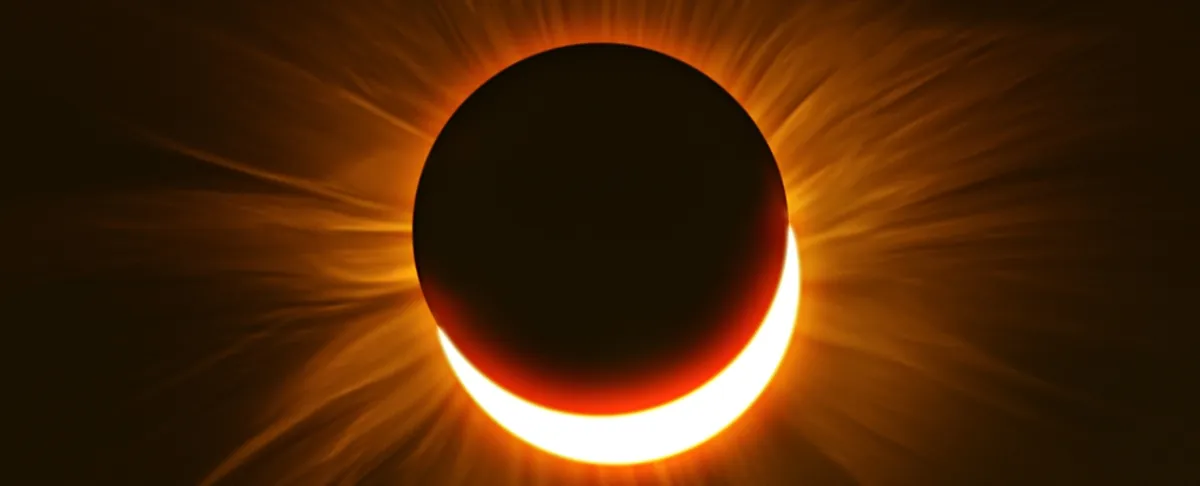
On March 29, 2025, the Moon will enter perigee, the point in its elliptical orbit where it comes closest to Earth. This astronomical event is known as a supermoon, characterized by its appearance as a larger-than-usual luminous orb in the night sky. However, this particular supermoon is unique as it coincides with the Moon's new phase, meaning its night side will be facing Earth. As a result, the Moon will appear completely dark, visible only in areas with minimal artificial light pollution.
While new supermoons typically don't attract much attention, the March 29 event is exceptional. On this same day, the Northern Hemisphere will witness a partial solar eclipse. During this phenomenon, the Moon will pass in front of the Sun, partially obscuring its disk and creating a striking visual effect reminiscent of a crescent shape, often referred to as a 'devil horn' eclipse.
Supermoons occur due to the elliptical shape of the Moon's orbit around Earth, which results in varying distances between the two bodies. The average distance is approximately 384,400 kilometers (or 238,855 miles). However, the shape of the orbit means that sometimes the Moon is closer (at perigee) and other times it is farther away (at apogee). The mean distance at perigee is roughly 363,396 kilometers, while at apogee it is about 405,504 kilometers.
There are around 12 to 13 lunar perigees every year, but not every perigee qualifies as a supermoon. The term ‘supermoon’ generally refers to either a full or new Moon occurring at perigee. While full supermoons garner more attention due to their visibility, new supermoons are more frequent. In fact, 2025 will see five new supermoons compared to three full supermoons, yet they remain challenging to observe.
The March 29 supermoon event will feature significant timings. The peak of the new Moon will occur at 10:58 UTC, while the peak of perigee will take place on March 30 at 05:26 UTC, when the Moon will be at a distance of 358,128 kilometers from Earth. The greatest eclipse will happen close to the new Moon at 10:47:18 UTC. The shadow cast by the Moon during the eclipse will sweep across various regions including northwest Africa, the northeastern United States, eastern Canada, Greenland, and parts of Europe and Russia.
If you are not located in the path of the eclipse, you can still catch the event live through the Royal Museums Greenwich livestream, which will provide a broadcast of this rare celestial occurrence.
Looking ahead, there are three remaining new supermoons in 2025, occurring on April 27, May 27, and June 25. Unfortunately, there will be no solar eclipses on these dates. However, a partial eclipse is expected on September 21, visible from regions such as New Zealand and Antarctica. The next full supermoon will be the Harvest Supermoon on October 7, which will be at a distance of 361,458 kilometers from Earth. The closest supermoon of 2025 will be the Beaver Supermoon on November 5, at a distance of 356,980 kilometers.
As we anticipate these remarkable lunar events, we encourage you to mark your calendars. Whether it’s the supermoon or the solar eclipse, these celestial phenomena remind us of the beauty and wonder of our universe. And perhaps, the age-old question remains: if a supermoon occurs and no one sees it, is it still a supermoon? Maybe we are all a little super in our unique ways.